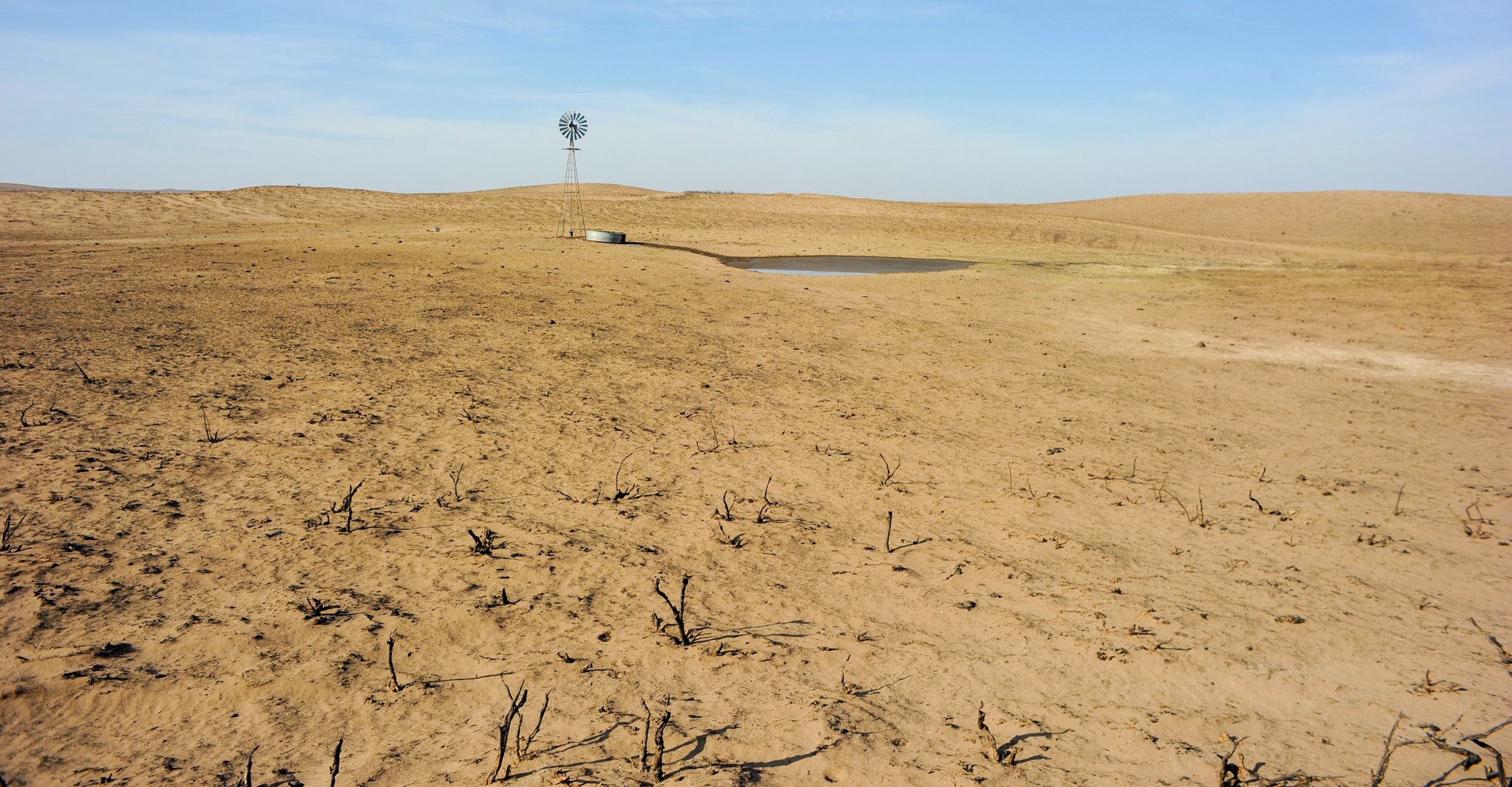
Loss from drought, fire or tornadoes? USDA programs are available
Monday, May 2, 2022
Media Contact: Gail Ellis | Communications Specialist, Copywriter | 405-744-9152 | gail.ellis@okstate.edu
Spring weather and climate conditions can be a challenge for Oklahoma farmers and ranchers. Oklahoma State University Extension reminds producers that when operation loss occurs, financial assistance is available through the U.S. Department of Agriculture.
Wildfire destruction and drought devastation are two of the biggest concerns facing producers right now. Those affected by either or both events should contact their local USDA Farm Service Agency office to report losses and learn about eligibility of various recovery programs.
“Sometimes a cost-share program doesn’t result in much of a payment to producers, but with high input costs and inflation right now, these programs become significant,” said Amy Hagerman, OSU Extension agriculture policy specialist.
Expenses and repair costs associated with wildfires on pastures, grasslands and livestock add up quickly, and Hagerman noted that individual payment limits for the Emergency Assistance for Livestock Program (ELAP) and Livestock Indemnity Program have been lifted.
Other programs, such as the Emergency Conservation Program (ECP), offer landowners and property stewards financial and technical assistance to replace or restore fences as well as remove debris from farmland.
“ECP is designed to help share in the costs of repairing things that were damaged and not covered by regular homeowners insurance,” Hagerman said. “ECP has been expanded to help cover 25% of the cost of repairing fences damaged by natural disasters, such as wildfires and tornadoes.”
Hagerman said producers should remain aware of all possible hazards and understand how to stack assistance programs.
“Many of our wildfires have occurred in counties that were already eligible for drought programs through the USDA. The programs available for wildfires may not address the fact that you’re going to need to bring in hay and water for animals, but you may be able to apply for those things under drought assistance,” she said.
In an emergency, Hagerman advises farmers and ranchers to contact their local USDA Farm Service Agency office and insurance agent while beginning the documentation process. Although it can be difficult to take photos and video, proof of damages is necessary when applying for the following USDA programs.
- Livestock Indemnity Program
- Emergency Assistance for Livestock, Honeybees and Farm-Raised Fish Program
- Livestock Forage Disaster Program
- Tree Assistance Program
- Noninsured Crop Disaster Assistance Program
- Emergency Conservation Program
- Emergency Forest Restoration Program
- Environmental Quality Incentives Program
- Emergency Watershed Program
